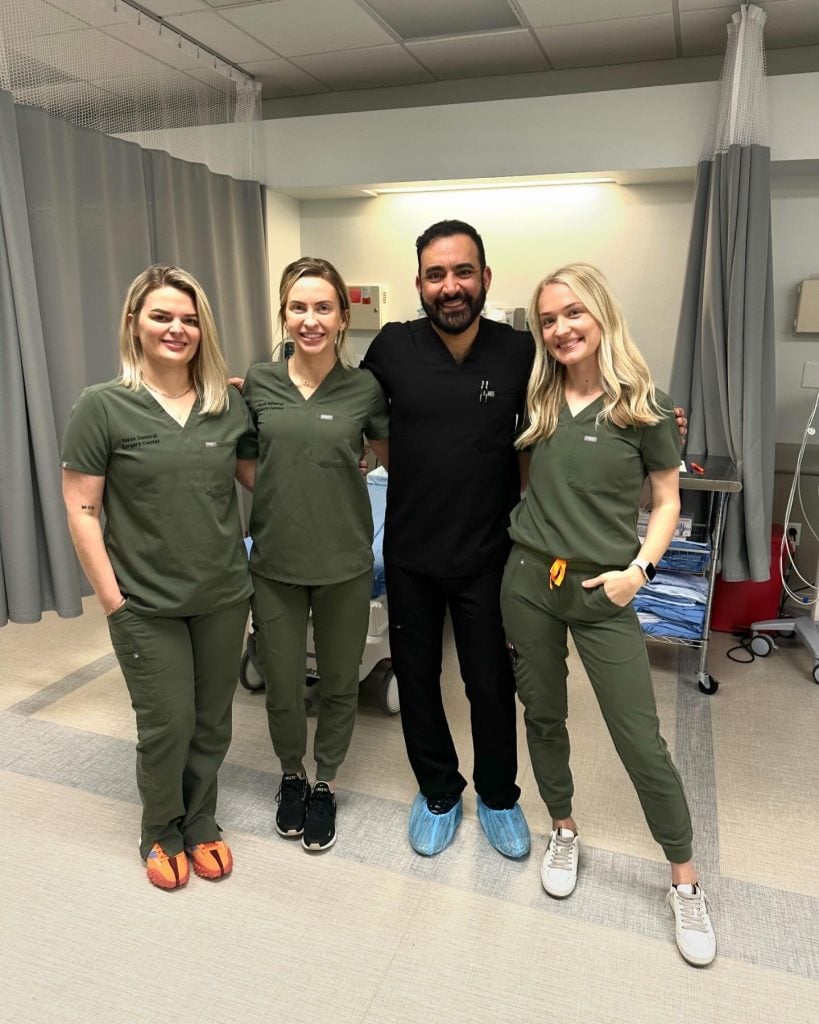Platelet-Rich Plasma is a form of regenerative medicine used for treatment which boosts the increased growth factors your body produces while healing tissue. In other words, it administers injections with your blood platelets to facilitate healing. However, there is no conclusive evidence supporting the treatment.
Moreover, the Food and Drug Administration (FDA) has not approved it as a treatment. But, platelet-rich plasma treatment is offered in the United States.
What is Platelet-Rich Plasma?
Platelet-rich plasma consists of two components; platelets (A type of blood cell responsible for body regeneration and healing process) and plasma (a liquid portion of blood). Platelets include growth factors and well-known clotting abilities, which can induce tissue regeneration, promote cell proliferation, or speed up healing in the treated area. In other words, platelet-rich plasma is the blood with more platelets than usual.
Platelet-rich plasma (PRP) injection is a substance that is presumed to accelerate the healing process. By concentrating and separating the plasma from blood, treatment has been developed. And, now, used to aid in the healing of wounds.
How Does Platelet-Rich Plasma Function?
Blood cells called platelets are important for the wound-healing process. They can promote cell growth and contribute to the formation of clots to halt bleeding. Here, we will discuss the procedure of platelet-rich plasma PRP treatment.
Step 1: A doctor or medical professional will obtain a sample of a patient’s blood to make a platelet-rich plasma (PRP) injection.
Step 2: This platelet-rich plasma sample will be placed in a centrifuge after being sealed in a container. After that, the blood sample will be spun at various speeds and split into layers.
Step 3: The platelet-rich plasma is the top layer, with up to three times as many platelets in this layer of plasma as in normal blood.
Step 4: A doctor or medical professional prepares the separated plasma for injection into the afflicted area.
Step 5: The doctor or medical professional might use a local anesthetic to numb the region first
Step 6: These high concentrations of platelets will be injected into areas of inflammation or tissue damage to induce the creation of new tissue and accelerate cellular recovery.
The patient might feel pain in the upcoming weeks. However, it will only take a few weeks before the patient starts to feel better.
Recovery after the Platelet-Rich Plasma Treatment
After receiving a platelet-rich plasma injection for an injury, follow the doctor’s recommendations for follow-up appointments;
- For the first two days following your treatment, apply a cold compress (ice) to the region for 20 minutes every two to three hours to relieve your discomfort. After the treatment, swelling may appear in the treated area.
- Avoid using NSAIDs (non-steroidal anti-inflammatory drugs such as ibuprofen) following treatment since this could interfere with the platelet-rich plasma treatment. Those needing pain alleviation should consult with their doctors about other measures.
- Rest well, and avoid activities that would strain the treated area.
- Before you resume intense exercises like jogging and cycling, consult your doctor.
Platelet-Rich Plasma Treatment and its Effectiveness
Platelet-rich plasma (PRP) treatment has been found ineffective in several trials. However, certain studies backed up its effectiveness in the following:
Knee Osteoarthritis
Early research suggests that osteoarthritis pain and stiffness can be treated successfully with platelet-rich plasma injections by altering the joint environment and lowering inflammation in mild to moderate knee osteoarthritis.
- Studies show that platelet-rich plasma injections have effectively lessened the pain compared to placebos. The treatment also boosted the patient’s physical ability. And these benefits can be acquired at three, six, and twelve-month check-ups by a medical professional.
- Due to the knee cartilage’s poor capability for regeneration, knee osteoarthritis is considered one of the challenging treatments. Moreover, knee osteoarthritis has no known treatment options available. So, the platelet-rich plasma treatment is used to reduce symptoms and postpone the requirement of knee replacement surgery.
- However, for knee and hip osteoarthritis patients, neither the American College of Rheumatology nor the Arthritis Foundation advises using platelet-rich plasma PRP therapy treatment because platelet-rich plasma injections cannot be considered or qualify for the treatment since the dose content is uncertain.
Chronic Tendon Injuries
Many musculoskeletal injuries and related conditions may be treated with platelet-rich plasma injections. For instance, adding platelet-rich plasma injections to a therapy plan can expedite the healing process, lessen pain, and permit a quicker return to activities for chronic tendon injuries like tennis elbow.
- Tennis elbow is an example of a chronic tendon injury that may respond well to platelet-rich plasma therapy. However, doctors suggest that platelet-rich plasma treatment may not be any more effective than conventional treatment for other chronic tendon injuries, such as jumper’s knee.
- However, platelet-rich plasma treatment has not proven effective in the case of fractures.
Other Factors Affecting the Platelet-Rich Plasma Treatment Efficacy
- The overall health of the patient.
- Whether the injury is chronic (developed over time) or acute (developed suddenly).
- The patient’s body area needs medical attention.
- The procedure of platelet-rich plasma treatment.
Risk Involved with Platelet-Rich Plasma Treatment
Platelet-rich plasma injections are low-risk treatments that typically have minimal negative side effects. Since a patient’s blood cells and plasma are used in platelet-rich plasma injections, thus there is significantly less chance of an allergic reaction. Pain at the site of injection and a minor risk of infection are two rare side effects caused by platelet-rich plasma treatment.
Individuals are advised to stay hydrated and eat before the operation to avoid feeling dizzy since it involves drawing blood. Since one can suffer some discomfort and soreness at the injection site following the treatment. Discuss all the advantages and disadvantages with your doctor if you’re considering getting platelet-rich plasma injections.
Cost of the Platelet-Rich Plasma Treatment
The cost of a platelet-rich plasma treatment cost can vary based on the region, available resources, and the doctor performing it. Considering all the factors, between $750 and $2000 can be the overall expense (including doctor fees) of the platelet-rich plasma treatment. The number of platelet-rich plasma injections can vary since people could also need to receive treatments again. However, in the case of surgery, many musculoskeletal issues can cost between $10,000 and $15,000. Since the FDA has not approved platelet-rich plasma therapy, your insurance may not cover the procedure. Few insurance companies offer reimbursement for these procedures. To learn more, consult with your insurance company.
Before You Go!
Platelet-rich plasma treatment has been recently introduced to treat knee osteoarthritis or chronic tendon Injuries. However, the FDA has not standardised platelet-rich plasma injections due to uncertainties during the whole treatment.
We at Nortex Spine & Joint Institute have been providing the non-surgical treatment of knee osteoarthritis and chronic tendon Injuries. Our skilled practitioners do regular follow-up sessions with the patients. Contact us now to learn more about our services.








